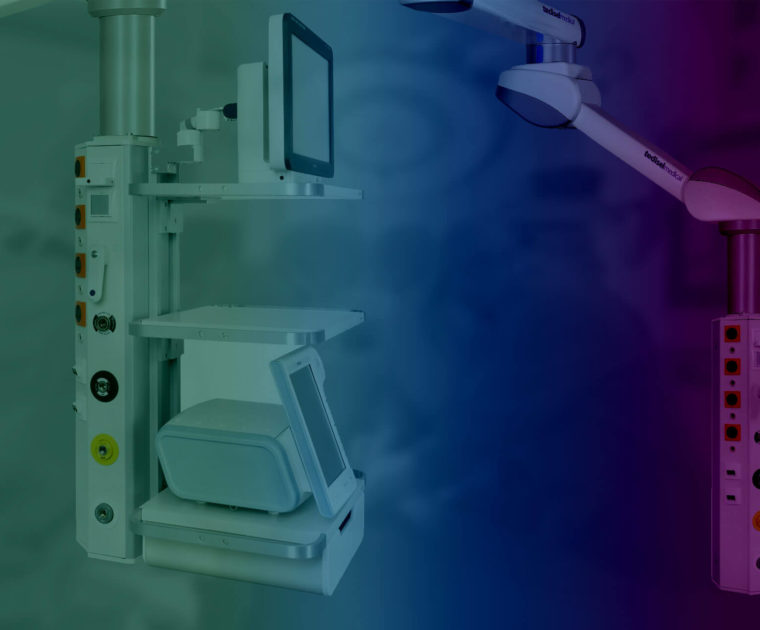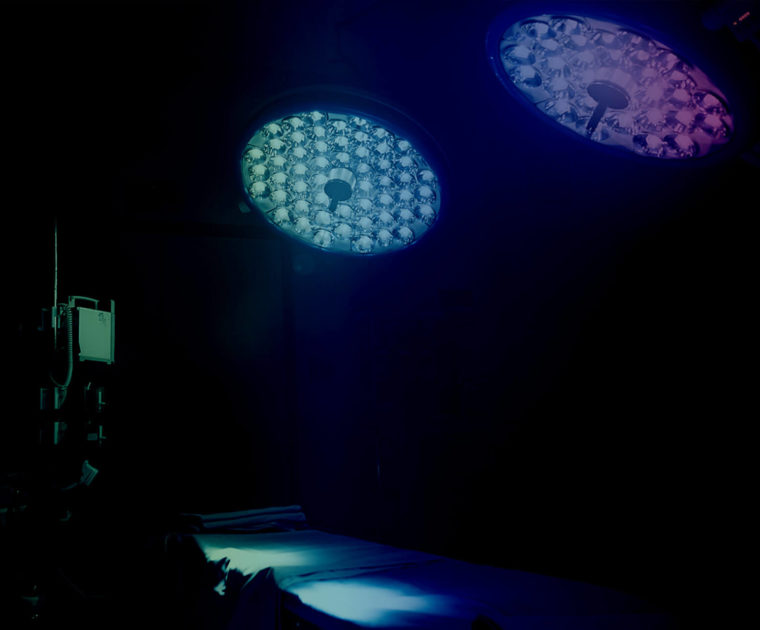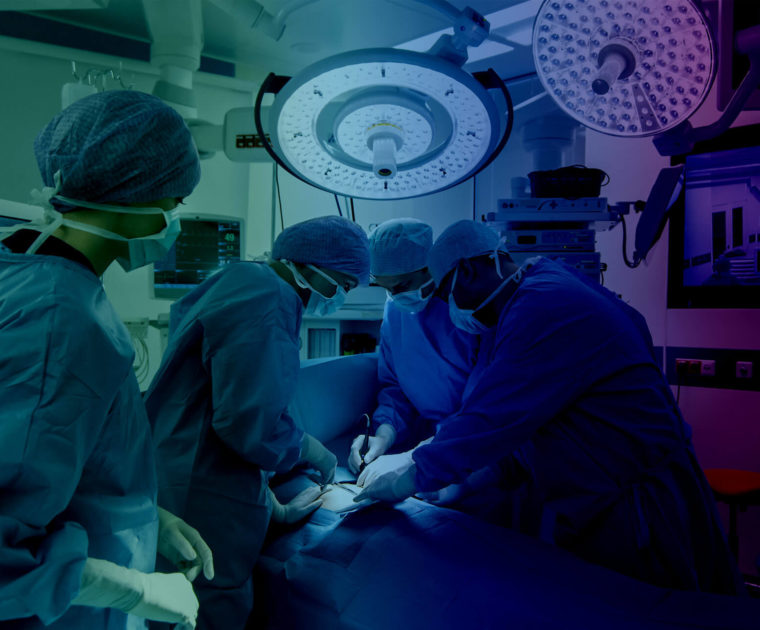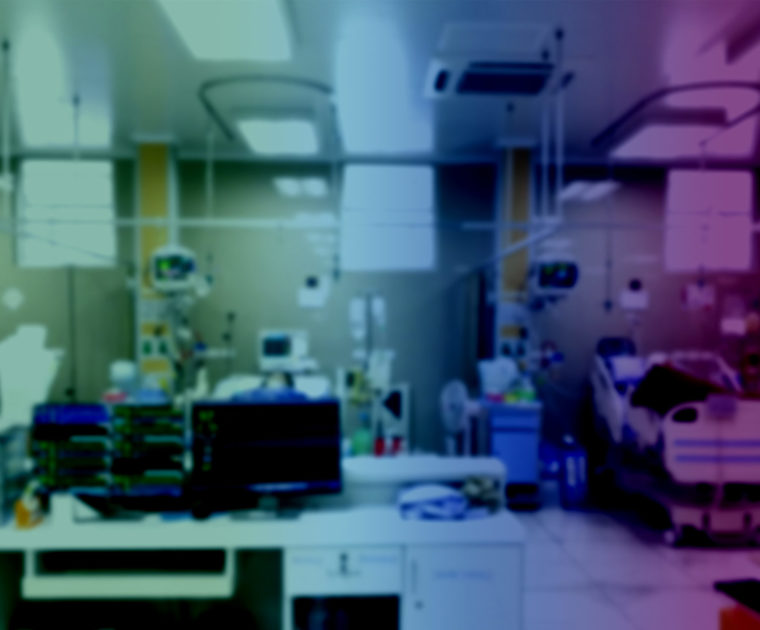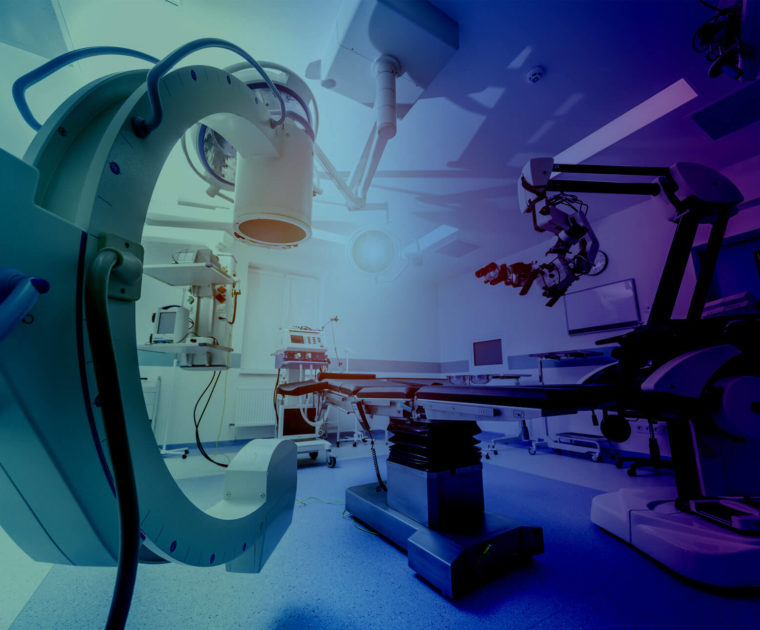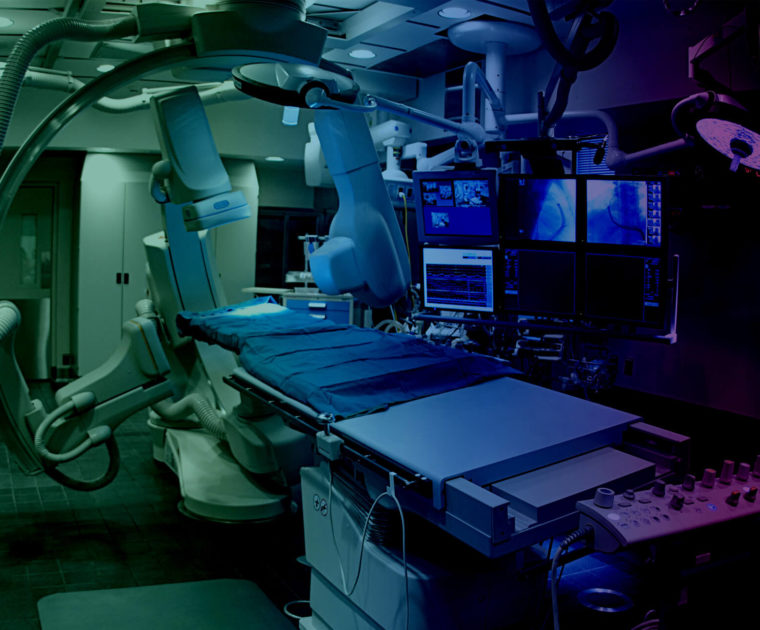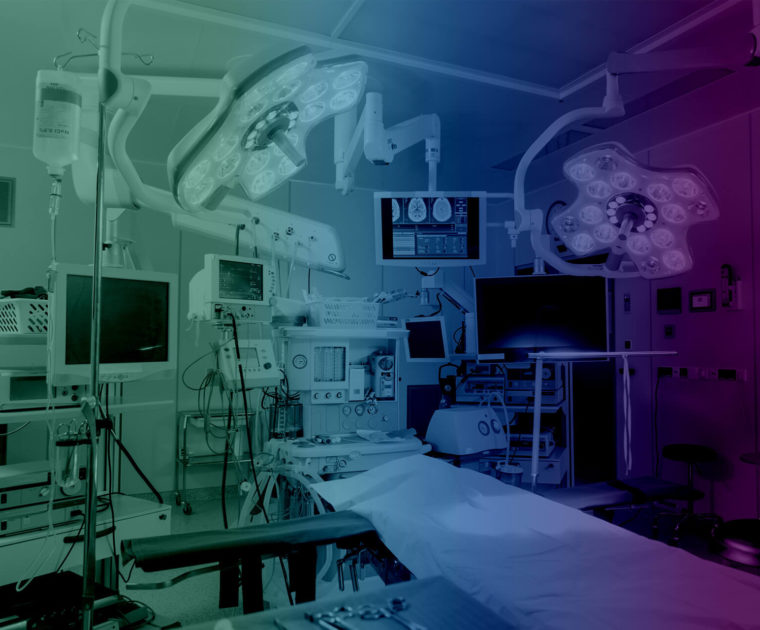Thanks to technology, medicine is becoming more efficient every day and allows us to take better care of people’s health. At the same time, advances in technology make life easier for medical professionals, reducing waiting lists or human error. Artificial intelligence, big data, mobile applications for health … new technological advances in medicine have arrived to improve our lives and the health of all people.
Technology evolves and advances so fast that humanity will always lag behind. We have not finished implementing new technological advances in medicine, when new revolutionary trends are already emerging.



